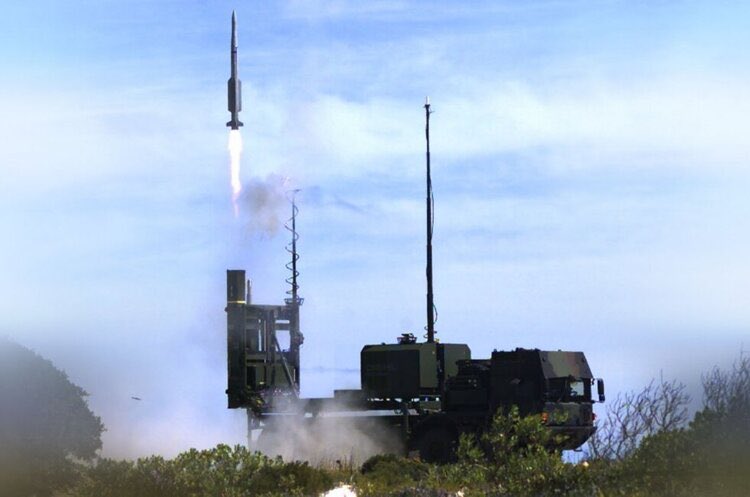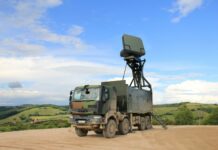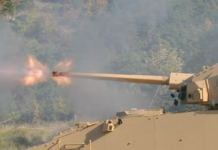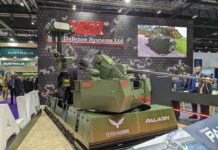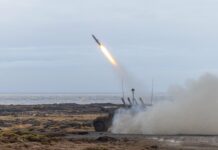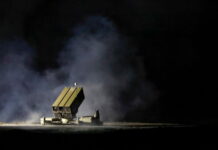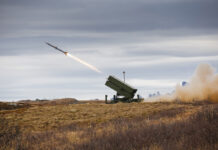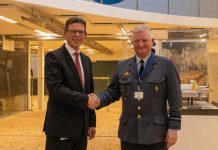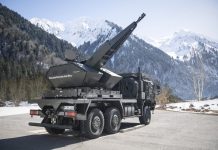The Future Operational Principles for the Initial Capability of the Short-Range and Very
Short-Range Protection Air Defence (SHORAD/V-SHORAD) System
As far as the protection of land forces against threats from the air is concerned, there is still an urgent need for action due to existing quantitative and qualitative capability gaps. Particularly at short-range and very short-range, the protection of mobile operations – across all tactical activities and intensities – can only be guaranteed to a limited extent, both quantitatively and qualitatively, with the weapon systems that have been introduced. Priority is to be given to closing the capability gaps with the project “short-range and very short-range protection air defence system”.
Sub-projects of the SHORAD/V-SHORAD System
Sub-project one, the so-called initial capability, comprises the development and procurement of ground-based systems for mobile operations capable of protecting three brigades and divisional troops. Sub-project two was included in the planning but not realised. Sub-project three, the follow-on capability, integrates additional units with enhanced equipment configurations and improved capabilities against very small unmanned aircraft, as well as additional elements for defence against indirect fire. At target strength, the surface-to-air missile squadrons of the SHORAD/V-SHORAD system should be able to ensure the protection of a total of eight brigades, troops of three divisions, troops of one corps, as well as two airfields in the theatre of operations.
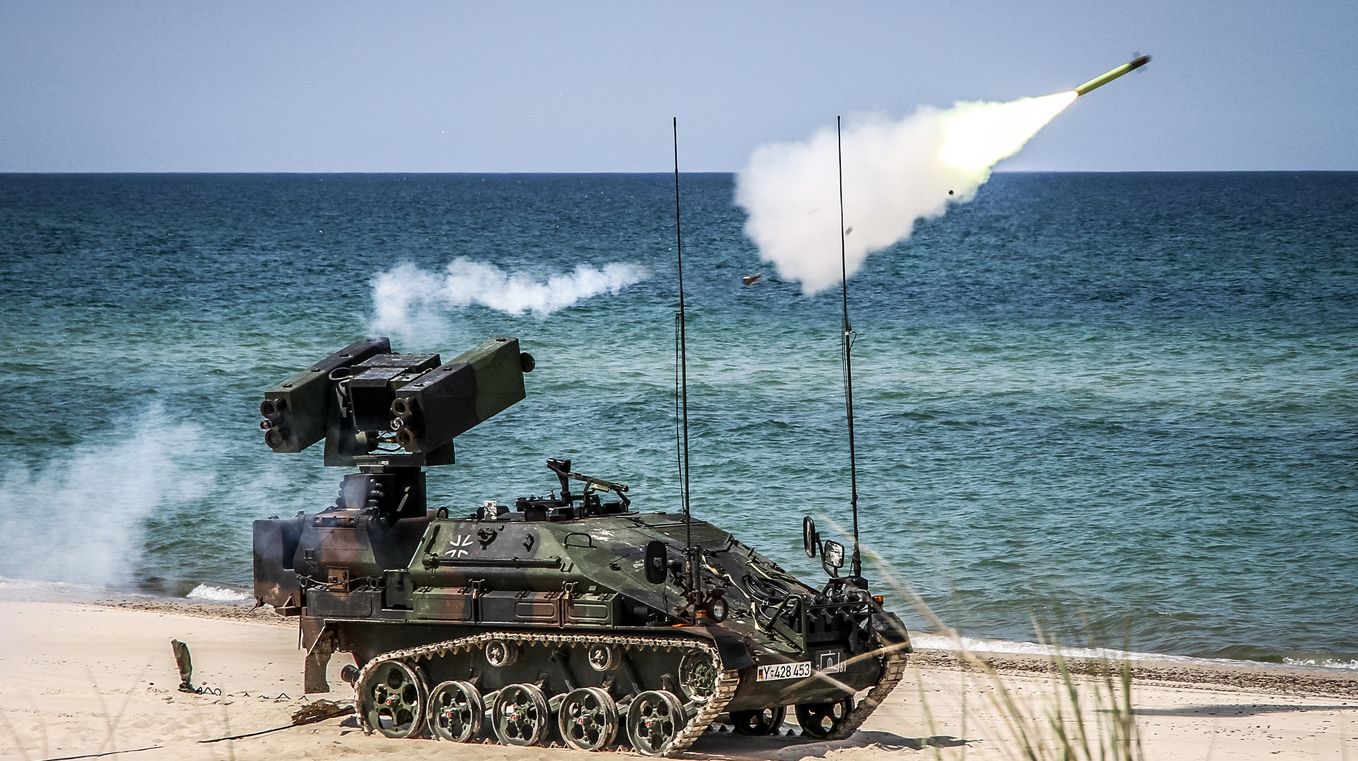
The OZELOT air defence system during an exercise in Poland. Photo: Bundeswehr/Alexander Feja
Structure of the Initial Capability
At the core of each surface-to-air missile squadron for short-range and very short-range protection will be three surface-to-air missile platoons. Of these, the first platoon will encompass the fire control group and the medium-range elements with medium-range radar and medium-range weapon carriers. As for the second and third platoons, each of them is essentially made up of three short-range self-propelled armoured air defence missile system sections.
While the medium-range weapon carriers will be armed with guided missiles of the IRIS-T SLM (Surface Launched Medium Range) type, the main armament of the self-propelled armoured air defence missile system will be based on the IRIS-T SLS (Surface Launched Short Range) type. As a further weapon for self-protection against enemies on the ground and small unmanned aircraft systems, a remote-controlled weapon station is to be adapted to the self-propelled armoured air defence missile system and integrated into the command, control, information and weapons control system.
In addition to the surface-to-air-missile platoons, each squadron will also have a squadron operations centre, an air defence cell as a liaison element to the brigade or division and extensive organic support components. The aim is to ensure that each squadron will be able to independently provide the necessary command support elements as well as weapon system maintenance in a sustainable manner.
The current situation demands a high degree of mobility and adequate protection from all elements of the surface-to-air missile squadron for short-range and very short-range protection. It is particularly the self-propelled armoured air defence missile systems that, in terms of mobility and armour, must be designed in such a way that they can be deployed together with the mechanised combat troops and can also conduct fire fights against airborne enemies while on the move.
Employment of Initial Capability
A squadron of the SHORAD/V-SHORAD system will generally be able to provide autonomous and sustainable protection against attacks from the air. Using modern tactical data links, it will also be able to keep up a permanent connection to the NATO Integrated Air Defence System and generate a joint air situation that will be used down to the level of the self-propelled armoured air defence missile systems. In addition, the native integration into the future digital command and control systems of the land forces will provide full capability for conducting operations on the battlefield of the future.
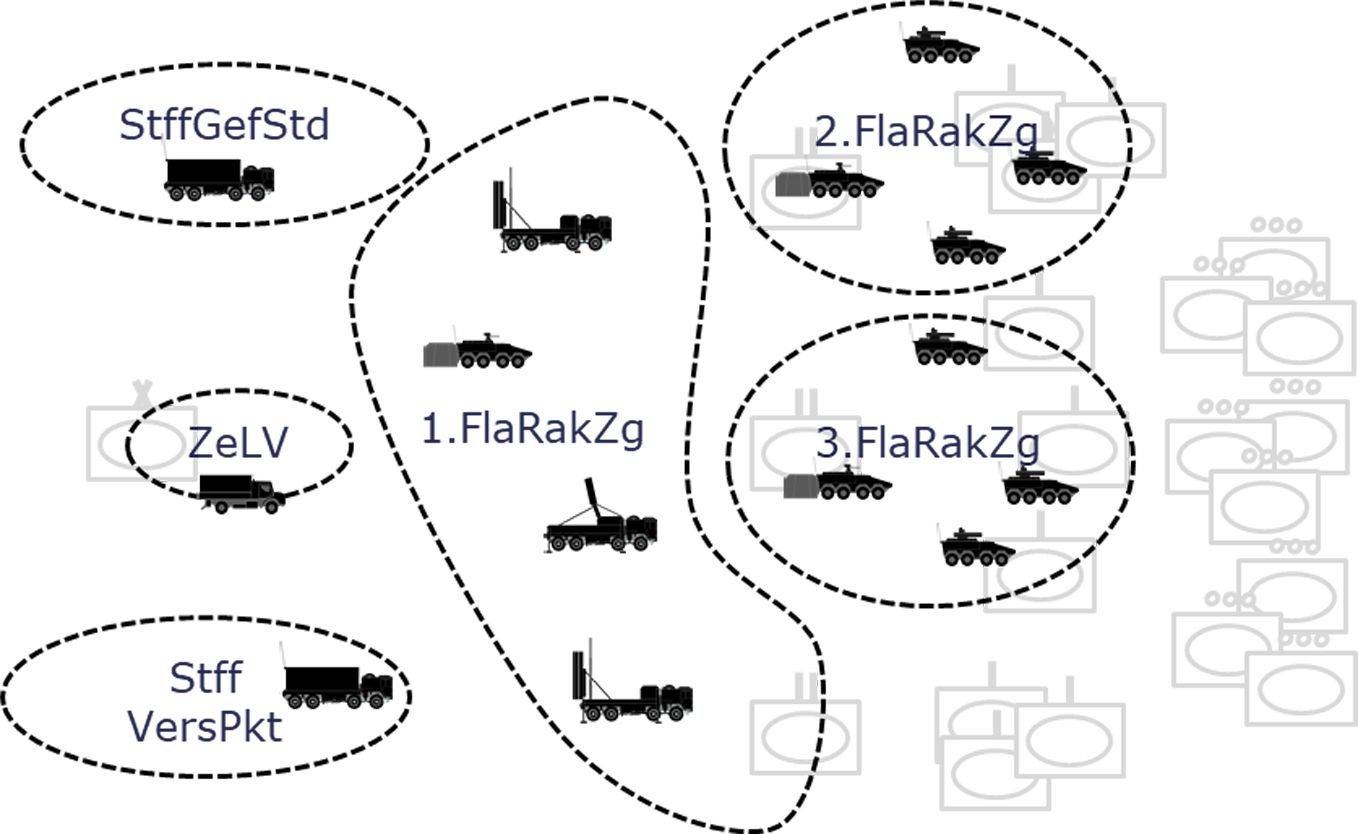
Command and control will be exercised from the mobile squadron operations centre, from which the current ground and air situation can be accessed at any time. The employment of the surface-to-air-missile platoons will also be commanded from here. The air defence cell of the squadron will maintain liaison with the respective supported force commander. Air defence cell personnel will also contribute subject matter expertise to the higher operations centre of the land forces.
Fire fights against airborne enemies will be conducted from the armoured fire control vehicle in the squadron’s first surface-to-air-missile platoon. The fire control crew will primarily process priority targets, assess the higher-level air situation and employ medium-range guided missiles. The first platoon will employ medium-range guided missiles in the rear area of combat battalions, making the best possible use of the terrain. These will act against fast or large air assets.
The platoon leaders of the second and third platoons will lead from protected vehicles used as mobile command posts. They will liaise and coordinate closely with the combat battalions to be protected. The platoons’ employment will be integrated into the intent and battle management of the units to be protected based on the principle “directed to cooperate”.
Each platoon will have its own reconnaissance team, which will be employed by order of the platoon leader to reconnoitre alternate positions, march routes and areas. Like the command posts, the platoon leaders and the self-propelled armoured air defence missile systems, the reconnaissance teams will also be linked to a joint secure command, control, information and weapons control system. All information will thus be immediately available to the squadron as a whole.
The second and third platoons will have three self-propelled armoured air defence missile systems each. In addition to the active crew, two alternate crews will be available and follow the respective self-propelled armoured air defence missile system in a protected personnel carrier and a reloading vehicle. The alternate crews will ensure uninterrupted accomplishment of the air defence mission.
The crew of a self-propelled armoured air defence missile system will consist of the commander (senior non-commissioned officer), a gunner and a driver. Depending on the type of mission, the commander, together with the gunner, will conduct decentralised fire fights against air assets on the basis of the instructions provided and according to the rules of priority for engaging aerial targets. The three self-propelled armoured air defence missile systems will essentially fight as part of the closed-formation operation of the surface-to-air-missile platoon. They will be tactically led by the platoon leader in all phases of combat.
The first technical milestone of the initial capability is the network-enabled command, control, information and weapons control system Integrated Battle Management Software (IBMS) which, among other things, will connect all platforms via radio links and provide data usable for fire control. The second milestone comprises the advanced radar sensors and deeply integrated powerful electro-optical devices on the self-propelled armoured air defence missile systems. Even at the stage of initial capability, they will already allow the detection of the full threat spectrum, including unmanned air assets and indirect fire. The third milestone describes the significantly increased ranges achieved with modern surface-to-air guided missiles. The final milestone is the system architecture, which, as part of the follow-on capability, will make it possible to equip the platforms with specific weapons against small unmanned aircraft and to easily integrate separate defending systems against indirect fire.
Outlook
In 2021, the much-discussed use of unmanned aircraft in the Nagorno-Karabakh conflict provided renewed impetus to the issue of effective air defence in Germany. Tightening budgetary constraints and competing large-scale projects, however, have made it difficult to date to provide adequate funding. The technical proposal for ground-based air defence presented by the Federal Ministry of Defence in March 2021 clearly prioritised the short-range and very short-range protection air defence system and anchored it in the planning up to follow-on capabilities. Despite continued difficult budgetary conditions, it was possible to obtain a funding commitment for the development portions of the initial capability in June 2021. The aim is to conclude the contract as soon as possible and to accelerate procurement so that an urgently needed capability will be available to the Bundeswehr by 2027 at the latest.
Manfred Stangl


